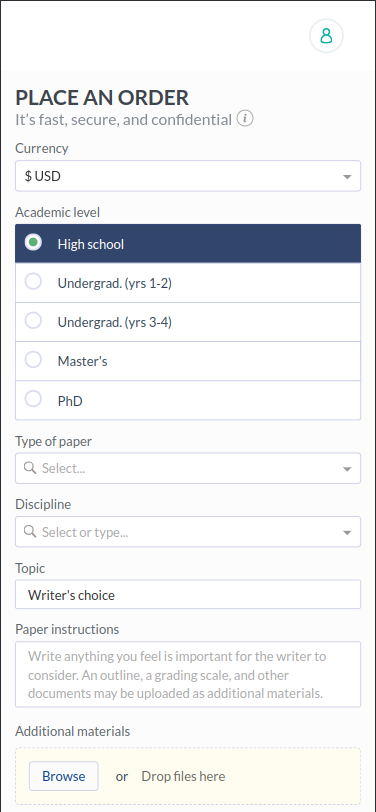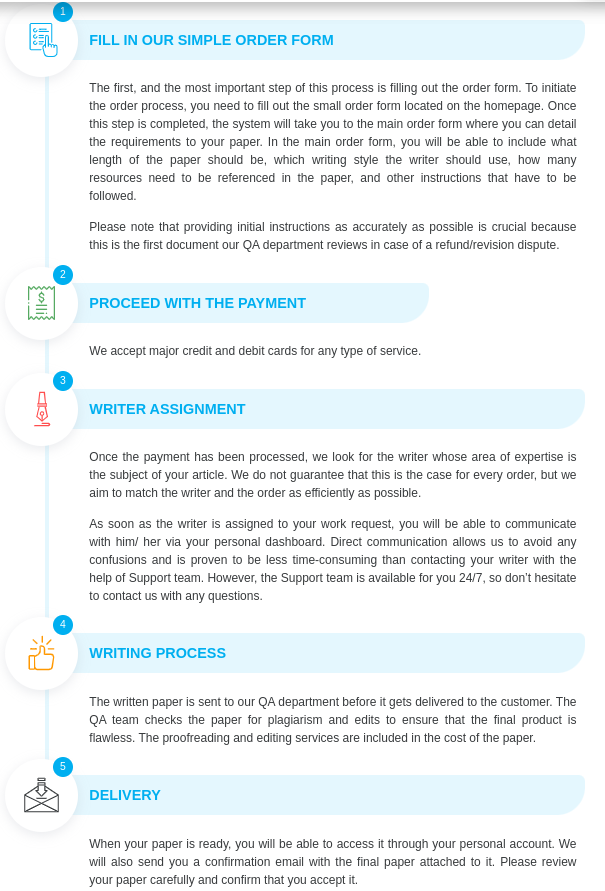NRNP 6568 Week 7 Comprehensive
Practice
INSTRUCTIONS
Timed Test
This test has a time limit of 1 hour and 30 minutes.
Timer Setting
You will be notified when time expires, and you may continue or submit.
Force Completion
This test can be saved and resumed later. The timer will continue to run if you leave the test.
Click Begin to start: Quiz – Week 7 Comprehensive Practice. Click Cancel to go back.
Question 1
The parents of Joshua want to be able to follow their son’s growth and development patterns and ask you for a recommendation on which of the following standards would be most appropriate. You would recommend for the parents to use:
|
Newborn Behavioral Assessment Scale |
||
|
Denver Developmental Scale II |
||
|
Ages and Stages Questionnaire |
||
|
Bayley Scales of Infant Development |
Question 2
The most likely source of the shingles infection comes from the reactivation of a virus from which nerve root?
|
CN I |
||
|
CN III |
||
|
CN V |
||
|
CN VII |
Question 3
An S3 heart sound can be a normal finding in all the following except:
|
Young athletes |
||
|
Pregnant women |
||
|
Children |
Question 4
Martin is a 73 y/o male who has a 50 pack/year history of smoking and comes to the clinic for his annual physical. As you are leading him back to the exam room you note that he has dyspnea with minimal cough, a barrel chest, and appears to have lost weight since his last visit. Your physical exam confirms a 20 lb. weight loss and more noticeable pursed lip breathing. Your diagnosis is:
|
Chronic bronchitis |
||
|
Emphysema |
||
|
COPD |
Question 5
Oral contraceptives can be started anytime in the menstrual cycle.
True
False
Question 6
Risk factors for Alcohol Use Disorder include which of the following?
|
Family history |
||
|
Stressful life events |
||
|
Low socioeconomic status |
||
|
All of the above |
||
|
A & B only |
Question 7
Mary is a new mother who was tested HBsAG+ during her prenatal screening process. Upon the birth of her infant, the newborn should be given HBIG and Hep B within:
|
12 hours of birth |
||
|
24 hours of birth |
||
|
36 hours of birth |
||
|
48 hours of birth |
Question 8
Sal is a 56 y/o male who the NP has seen on many occasions in the clinic. During her physical exam of the heart, the NP notices that he has a new mitral regurgitation murmur that is described as a Grade II. She notes that his murmur is associated with which part of the cardiac cycle?
|
Diastolic |
||
|
Systolic |
||
|
Friction rub |
||
|
None of the above |
Question 9
Antipsychotics lead to an increased risk of metabolic syndrome.
True
False
Question 10
Judy, a 28 y/o, presents to the clinic with a fever, vaginal discharge, and pain in the lower abdomen, pelvis, and lower back. These symptoms are accompanied by chills, nausea, and vomiting. Treatment for Judy’s condition would include all the following drugs except:
|
Cefotan |
||
|
Amoxicillin |
||
|
Ceftriaxone |
||
|
Metronidazole |
Question 11
A patient with type 2 DM should have an eye exam for diabetic retinopathy every
|
6–12 months |
||
|
12–18 months |
||
|
18–24 months |
||
|
24–36 months |
Question 12
The average age range of the beginning of natural menopause is:
|
40–45 y/o |
||
|
46–50 y/o |
||
|
50–51 y/o |
||
|
52–53 y/o |
Question 13
All of the following are characteristic of the S4 heart sound except
|
Normal finding in some healthy elderly |
||
|
Occurs during systole |
||
|
Best heard at apex of the heart |
||
|
Best heard with bell of stethoscope |
Question 14
Artie, a 36 y/o male, comes to the clinic with chief complaint of: intermittent flank one side flank pain. The pain is an 8 on a scale of 1–10, with 10 being the worst pain he has ever felt. He states the pain lasts from 20–60 minutes and that he must either stand or walk when the pain hits. He also notes that he has blood in his urine. All of the following could be risk factors for Artie except:
|
Family history of identical condition |
||
|
Low fluid intake |
||
|
Gout |
||
|
Arthritis |
||
|
A & B only |
Question 15
Juan, an 82 y/o male, is brought to the clinic by his daughter with LLQ pain, anorexia, nausea, and vomiting. Palpation of the abdomen reveals a positive rebound tenderness, positive Rovsing’s sign, and rigid abdomen. Juan’s most likely diagnosis is:
|
PUD |
||
|
Acute diverticulitis |
||
|
Acute pancreatitis |
||
|
Hepatitis |
Question 16
Differential diagnoses for patients with alcohol use disorder would include all the following except:
|
Depression |
||
|
Pulmonary disease |
||
|
Peptic ulcer disease |
||
|
Essential hypertension |
Question 17
Sam is a 19 y/o male who comes to the clinic with a chief complaint of several weeks of fatigue and non-productive paroxysmal coughing. He initially had a sore throat, some rhinitis, and low-grade fever. His likely diagnosis is:
|
Bronchitis |
||
|
Atypical pneumonia (Walking pneumonia) |
||
|
Allergic rhinitis |
||
|
Community acquired bacterial pneumonia |
Question 18
Rescue drugs for patients with respiratory problems such as asthma or COPD would include both SABAs and LABAs.
True
False
Question 19
Andreas is a 22 y/o male who comes to the clinic with a UTI. In reviewing the labs that were drawn yesterday, you know that there are many squamous epithelial in the specimen. This indicates:
|
Sample contamination |
||
|
Pyelonephritis |
||
|
Bladder cancer |
||
|
None of the above |
Question 20
Oscar is a 41 y/o male who presents to the clinic with onset of fever, n&v, with a rapid onset of pain that radiates to the midback, epigastric region. On physical exam, you notice guarding over epigastric area and a positive Cullen’s and Grey-Turner’s sign. The most likely diagnosis is:
|
GERD |
||
|
Acute pancreatitis |
||
|
Hepatitis |
||
|
Peptic ulcer disease |
Question 21
Serum creatinine is a better measure of renal function than BUN.
True
False
Question 22
An S3 heart sound is considered abnormal if it occurs after the age of 35–40 years of age.
True
False
Question 23
Juan, an 82 y/o male, is brought to the clinic by his daughter with LLQ pain, anorexia, nausea, and vomiting. Palpation of the abdomen reveals a positive rebound tenderness, positive Rovsing’s sign, and rigid abdomen. The NP in Juan’s case should:
|
Refer to ER |
||
|
Try an antiemetic |
||
|
Draw labs |
||
|
Send for a CAT scan |
Question 24
Randy is a 29 y/o African American male who has a body mass index (BMI) of 30, does not exercise, and has evidence of metabolic syndrome. The first line treatment for Randy’s diagnosis would be:
|
Insulin |
||
|
Actos |
||
|
Metformin |
||
|
Glucotrol |
Question 25
Artie, a 36 y/o male, comes to the clinic with chief complaint of: intermittent flank one side flank pain. The pain is an 8 on a scale of 1–10, with 10 being the worst pain he has ever felt. He states the pain lasts from 20–60 minutes and that he must either stand or walk when the pain hits. He also notes that he has blood in his urine. Treatment of Artie’s condition would involve avoiding which of the following foods:
|
Rhubarb |
||
|
Spinach |
||
|
Beets |
||
|
Chocolate |
||
|
All of the above |
||
|
All of the above except D |
Question 26
Martin is a 73 y/o male who has a 50 pack/year history of smoking and comes to the clinic for his annual physical. As you are leading him back to the exam room you note that he has dyspnea with minimal cough, a barrel chest, and appears to have lost weight since his last visit. Your physical exam confirms a 20 lb. weight loss and more noticeable pursed lip breathing. Given Martin’s condition, the first line treatment would be all the following except:
|
Albuterol |
||
|
Salmeterol |
||
|
Levalbuterol |
||
|
Metaproterenol |
Question 27
In treating patients for depression, the first line pharmacological treatment would be:
|
Monoamine oxidase inhibitors (MAOIs) |
||
|
Benzodiazepines |
||
|
Selective serotonin reuptake inhibitors (SSRIs) |
||
|
Tricyclic antidepressants (TCAs) |
Question 28
Hyperprolactinemia can be a sign of pituitary adenoma.
True
False
Our expert nursing writers at nursingassignmentservice.com can do your NRNP 6568 Week 7 Comprehensive Practice, place your order here.
Question 29
Menopause is associated with a dramatic decline in estrogen levels.
True
False
A
Question 30
The most common drug trigger for Stevens – Johnson syndrome include all the following except:
|
ASA |
||
|
NSAIDS |
||
|
Anticonvulsants |
||
|
Allopurinol |




